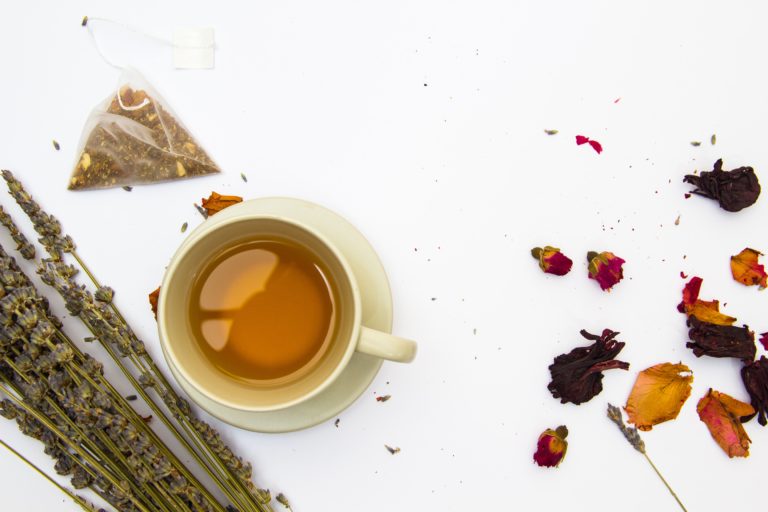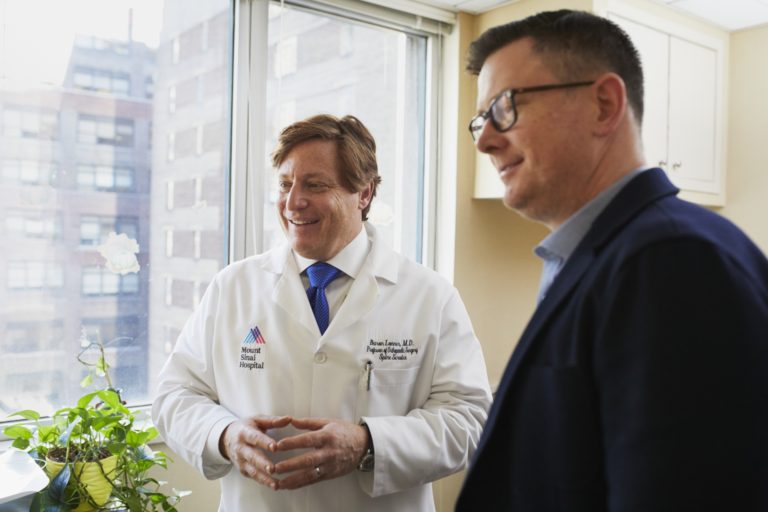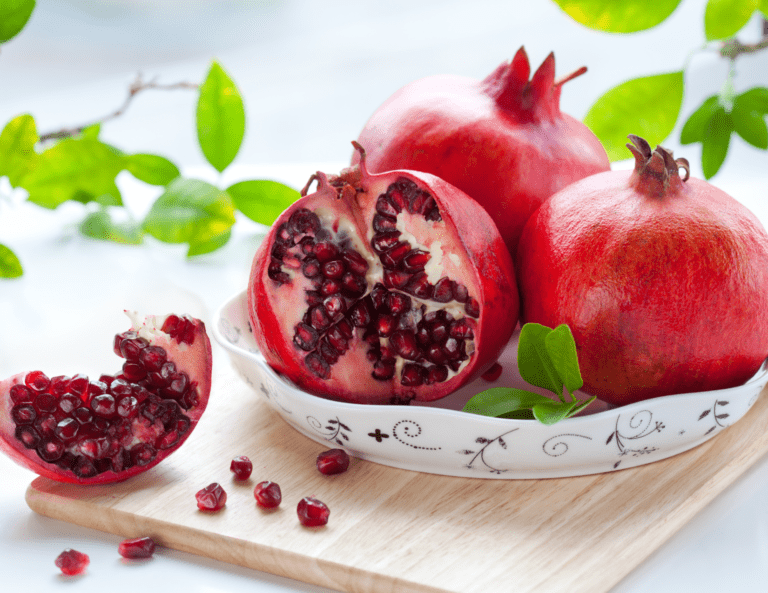What is Lyme Disease?
The most well-known tick borne disease in the USA is Lyme Disease, caused by the bacteria Borrelia burgdorferi and similar strains (garinii, afzelli, mayoni), transmitted via tick bite through Blacklegged and Deer ticks.
Tick Borne Relapsing Fever (TBRF) is a more severe disease with a much higher fatality rate (10%) when left untreated, caused by different strains of Borrelia and transmitted by soft ticks, with the exception of B. miyamotoi, which can be transmitted by both hard and soft ticks.
After a tick bite, about 25% of Lyme Disease infected individuals experience a bullseye rash.
But what happens next?
If you don’t realize you were bitten, your infection(s) will become late stage and cause debilitating symptoms that will only worsen with time.
If you do realize you were bitten and head to the doctor –
The doctor will take into consideration your history of a tick bite, your symptoms, and order some tests.
Testing with an ELISA followed by a Western Blot interpreted by CDC standards is the most common method of testing for Lyme Disease today. The coinfections are most commonly tested via immunoblot.
The problem is, this method of testing is outdated, highly inaccurate, and misses 56% of Lyme Disease cases, leading to many undiagnosed, misdiagnosed, and untreated patients.
A Western Blot alone can be more accurate if it’s interpreted by different standards than the CDC’s. Companies like IGeneX and DNA Connexions are striving to bring more accurate testing methods to the general public, too.
If you’re lucky enough to be among the minority of Lyme sufferers to get a positive test result, your doctor will likely prescribe 3-4 weeks of antibiotics.
Then –
If you caught the infection in the very early stages (which is very unlikely, because knowledge of these infections is so poor), you have about an 80% chance of full recovery.
More likely though, you didn’t catch it early and you’ll still feel just as sick, because the bacteria have spread in your body and caused –
- Systemic infection
- Inflammatory cytokine cascades
- Autoantibodies
- Organ damage
- Buildup of endotoxins
A short course of antibiotics can’t solve any of this.
Knowledge of late-stage Lyme Disease (untreated Lyme Disease that is past the first few weeks of infection) and Post Treatment Lyme Disease Syndrome (the term for ongoing symptoms after antibiotic treatment) is just starting to grow, but there is still no FDA cleared or approved treatment for either condition.
Most likely, your doctor will tell you that your infection isn’t related to your ongoing symptoms. They might refer you to a specialist or two for symptom control. All while the bacteria continue to wreak havoc on your body.
To be frank, there is much progress that needs to be made in the realm of tick borne disease in the medical community.
Medical students receive very little education on Lyme Disease in all their years of study. And virtually nothing about other tick-borne infections. If you have Lyme Disease and/or a coinfection, you probably know more about the subject than your doctor does, unless you’re seeing a Lyme Literate practitioner.
To successfully treat your Lyme Disease or Tick Borne Relapsing Fever infection, you’ll need to look for a Lyme Literate practitioner. You can find Lyme Literate Physicians, Naturopathic Doctors, Functional Medicine Doctors, and Herbalists in my blog post about finding the right practitioner.
Your other option is to self-treat. Several all-in-one treatment plans exist for Lyme Disease and coinfections, such as Cowden, Byron White, Vital Plan, and BioPure.
My favorite self-treatment option for Lyme and coinfections are the herbal protocols by Stephen Harrod Buhner for several reasons.
Buhner’s books are extremely thorough and scientific. I guarantee you won’t be able to make it through the entire bibliography section at the end of the book, no matter how much you love to research.
He has separate protocols for each tick borne bacterial infection. These protocols include botanicals that have evidence demonstrating their ability to reduce cytokine cascades, modulate the immune system, protect and repair damaged organs, bind and flush endotoxins, and reduce the bacterial load.
Moreover, the herbs he includes have a high success rate for helping Lyme and coinfection sufferers reach remission. Approximately 75% of people recover completely, 10-15% are relieved of most or all symptoms, 5-10% are relieved of some symptoms, while only 5% have no response.
*I contracted Bartonella Henslae along with Lyme Disease in 2015 through two tick bites. My infections were systemic and late-stage before I got my test results back and discovered what was wrong. In 2019, I contracted a severe case of Tick Borne Relapsing Fever and did not get diagnosed until several months later, due to a black mold fiasco at our house that we thought was the problem. I treated with Stephen Buhner’s Bartonella, Lyme, and TBRF protocols and now I’m taking a maintenance dose of those same herbs. I have gone from almost completely bedridden to having my Lyme Disease very under control, able to work, go to college, and live a full life. I can’t recommend Stephen Buhner’s herbal treatment plans enough.
On to the protocol.
*Note: This herbal regimen is designed to be followed until all symptoms resolve. When you have remained symptom-free for a fair amount of time, you have likely reached remission. Testing to monitor progress is not a good approach. You will likely retain antibodies to the bacteria for life. So, the only way to differentiate between an active or past infection is whether or not symptoms are present, not by re-testing.
Most common symptoms:
Borrelia (Lyme Disease)
Bull’s eye rash (one-third of those infected), multiple Bull’s eye rashes (one-fifth of those infected), acrodermatitis chronica atrophicans (late stage), continual low grade fever; high fever, chills, or sweating (generally indicates bacterial coinfections); general flu-like symptoms, frequent headaches, neck stiffness, regular muscle and/or joint pain, severe unremitting headache (generally indicates coinfections), bell’s palsy (usually in children), mental confusion or difficulty in thinking, disorientation, getting lost, going to wrong places, lightheadedness, wooziness, mood swings, irritability, depression, disturbed sleep, fatigue, tiredness, poor stamina, blurry vision, floaters, and/or light sensitivity.
Borrelia (Tick Borne Relapsing Fever)
Similar symptoms to the ones above, but can often occur in a relapsing/remitting pattern, with high fever being more common. Tick Borne Relapsing Fever has a fatality rate of 10% when left untreated and can cause sepsis and septic shock.
Where to order labs:
IGeneX (Lyme Disease)
IGeneX (TBRF)
DNA Connexions
Vibrant Wellness
Armin Labs (a great option for people in Europe)
Walk-in-Lab
*Alternate criteria for interpreting Quest Diagnostics or LabCorp Western Blot test results
Note: Under each of the below herbs, I will include links to the prepared tincture, bulk dried, glycerin extract, and powdered versions. Mountain Rose Herbs has the best prices, so whatever Buhner herbs I can find there, I order. For more rare herbs, I order from Herbie’s Herbs. Hawaii Pharm sells a wide range of glycerin extracts.
Prepared tinctures are best for people who have no alcohol sensitivity and have more money to spend on treatment than time to make their own tinctures.
Bulk dried herbs are best for making tinctures or glycerin extracts at home, for people who have limited funds (this is 90% cheaper than purchasing prepared tinctures).
Glycerin extracts are best for people who have alcohol sensitivity but can tolerate trace amounts of alcohol and have more money to spend on treatment than time to make their own extracts.
Powdered herbs are best for people who have severe alcohol sensitivity and cannot tolerate trace amounts in glycerin extracts. The dose for powdered herbs is approximately 2x the dose for tinctures and glycerin extracts, so keep that in mind as you read the below protocol.
THE CORE PROTOCOL:
- Japanese knotweed root tincture, 1/4-1/2 tsp 3x daily (endothelial cell protection)
Tincture, bulk dried, glycerin extract, powdered - Red sage tincture, 1/2 tsp 3x daily; Chinese scullcap tincture, 1/2 tsp 3x daily (cytokine cascade reduction)
Red sage: Tincture, bulk dried, glycerin extract, powdered
Chinese scullcap: Tincture, bulk dried, glycerin extract, powdered - Restoring collagenous structures: Great Lakes collagen powder, 1 Tbsp daily; vitamin C, 1000-3000 mg daily; selenium, 200 mcg daily
*For vegetarians or vegans, you can support collagen with Maitake, plant-based Glucosamine Chondroitin, Hyaluronic Acid, and/or Protein Powder/Amino Acids - Immune remodulation: Cat’s claw tincture, 1/4-1/2 tsp 3x daily; Cordyceps tincture, 1/2-1 tsp 3x daily; Ashwagandha tincture, 1/4 tsp 3x daily; Eleutherococcus tincture, 1/2 tsp 3x daily (1:5 formula); Licorice root tincture, 1/4 tsp 3x daily (immune remodulation)
Cat’s claw: Tincture, bulk dried, glycerin extract, powdered
Cordyceps: Tincture, bulk dried, glycerin extract, powdered
Ashwagandha: Tincture, bulk dried, glycerin extract, powdered
Eleutherococcus: Tincture, bulk dried, glycerin extract, powdered
Licorice root: Tincture, bulk dried, glycerin extract, powdered - Andrographis (begin with a small dose and work up; check side effects of herb because in approx. 1% of people, unpleasant allergic reactions can occur) 1/4 tsp 3x daily if using the tincture version (antispirochetal)
Tincture, bulk dried, glycerin extract, powdered - Gou Teng tincture, 1/2-1 tsp 3-6x daily, depending on severity of brain infection (add if you have neuroborreliosis)
Tincture, bulk dried, glycerin extract, powdered
Extended Repertory
- For Tick Borne Relapsing Fever: add Sida acuta, 5-40 drops 3x daily; Milk thistle seed, standardized, 1200 mg 3x daily; and EGCG with Quercetin
Sida acuta: tincture, bulk dried, glycerin extract, powdered - For herxheimer reactions: zeolite, activated charcoal, chlorella, green clay (internally), fruit pectin, epsom salt baths, and/or castor oil packs on liver, daily; food-grade diatomaceous earth for herxheimer reactions in GI tract
This core protocol is designed to cover all aspects of Borrelia infection. However, Buhner does give an expanded repertory from which to pick and choose, if you so desire, based on your individual symptoms. To read more, purchase the book, Healing Lyme 2nd Edition.
Reference: Stephen Buhner’s Healing Lyme 2nd Edition
This post contains affiliate links. If you choose to purchase a product through one of those links, I will earn a small commission that helps me support my family, at no additional cost to you.




